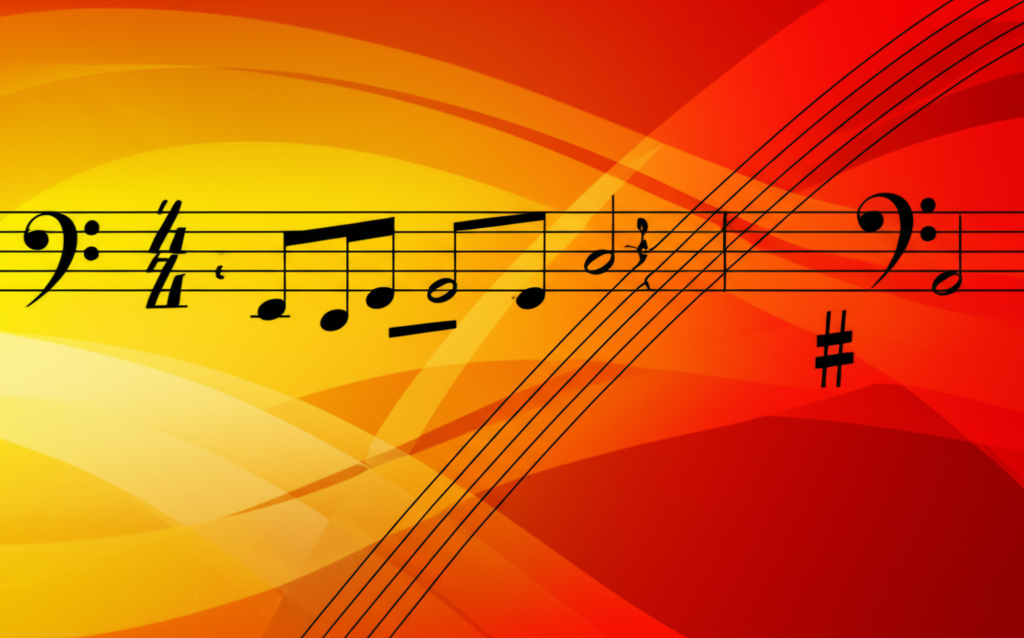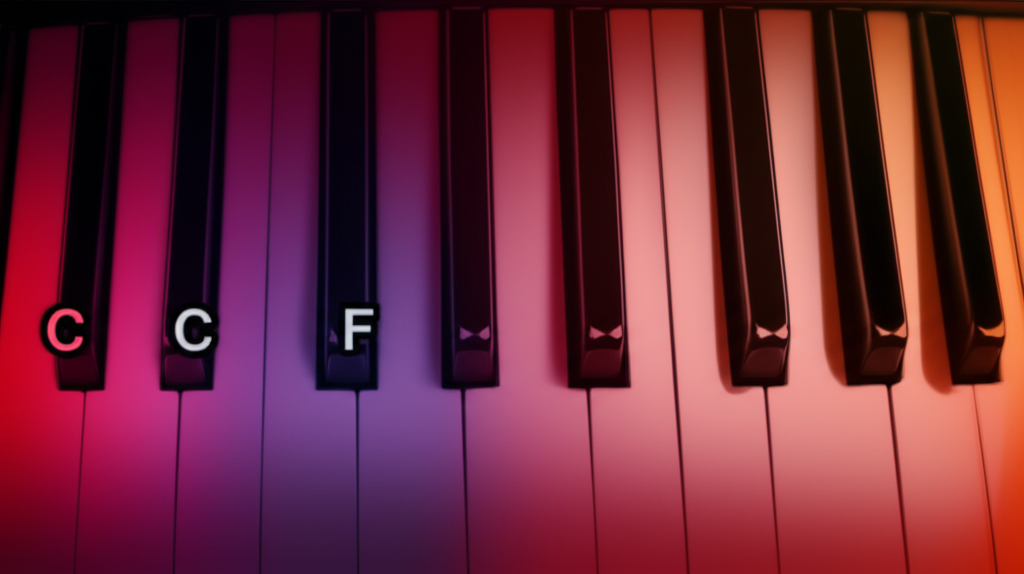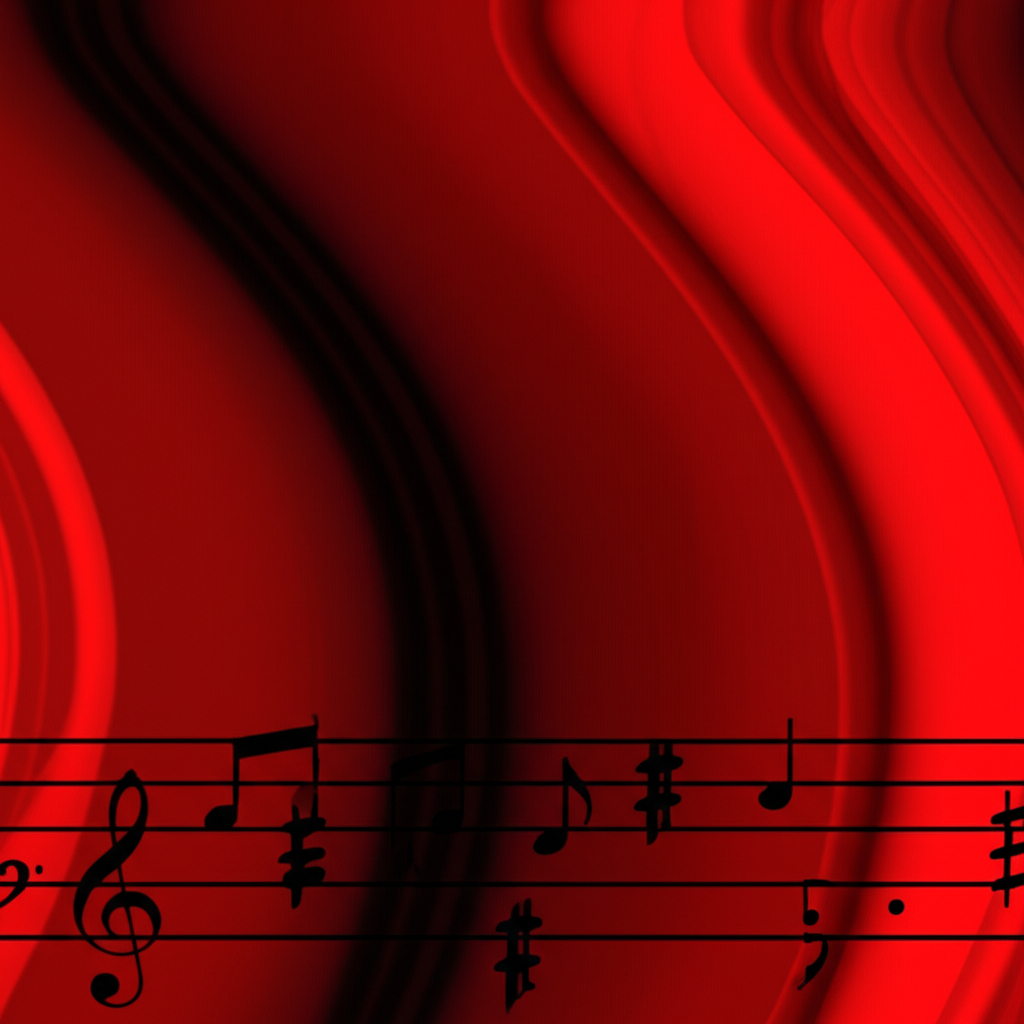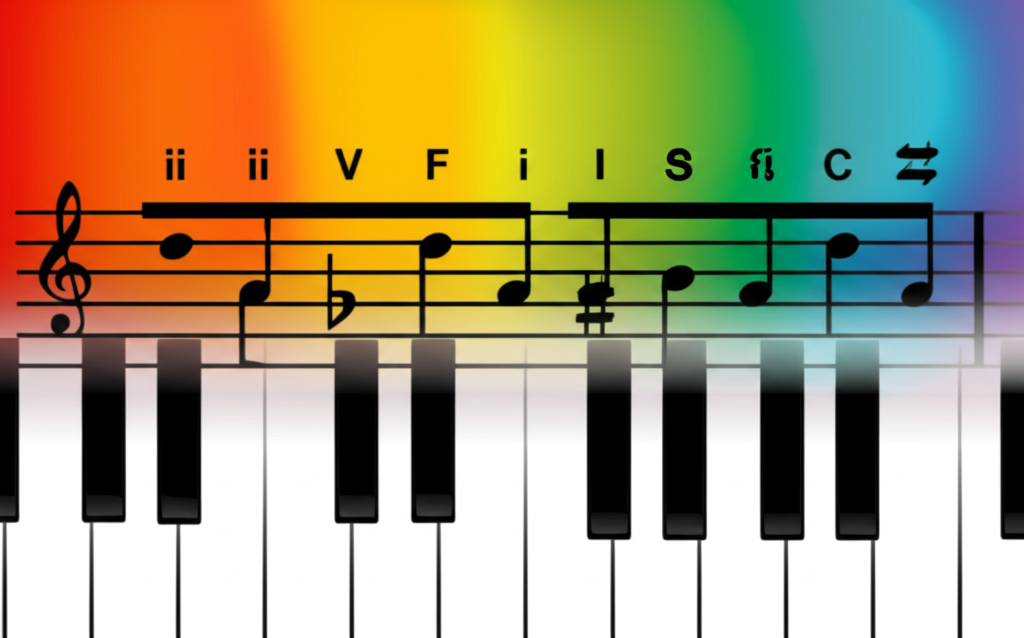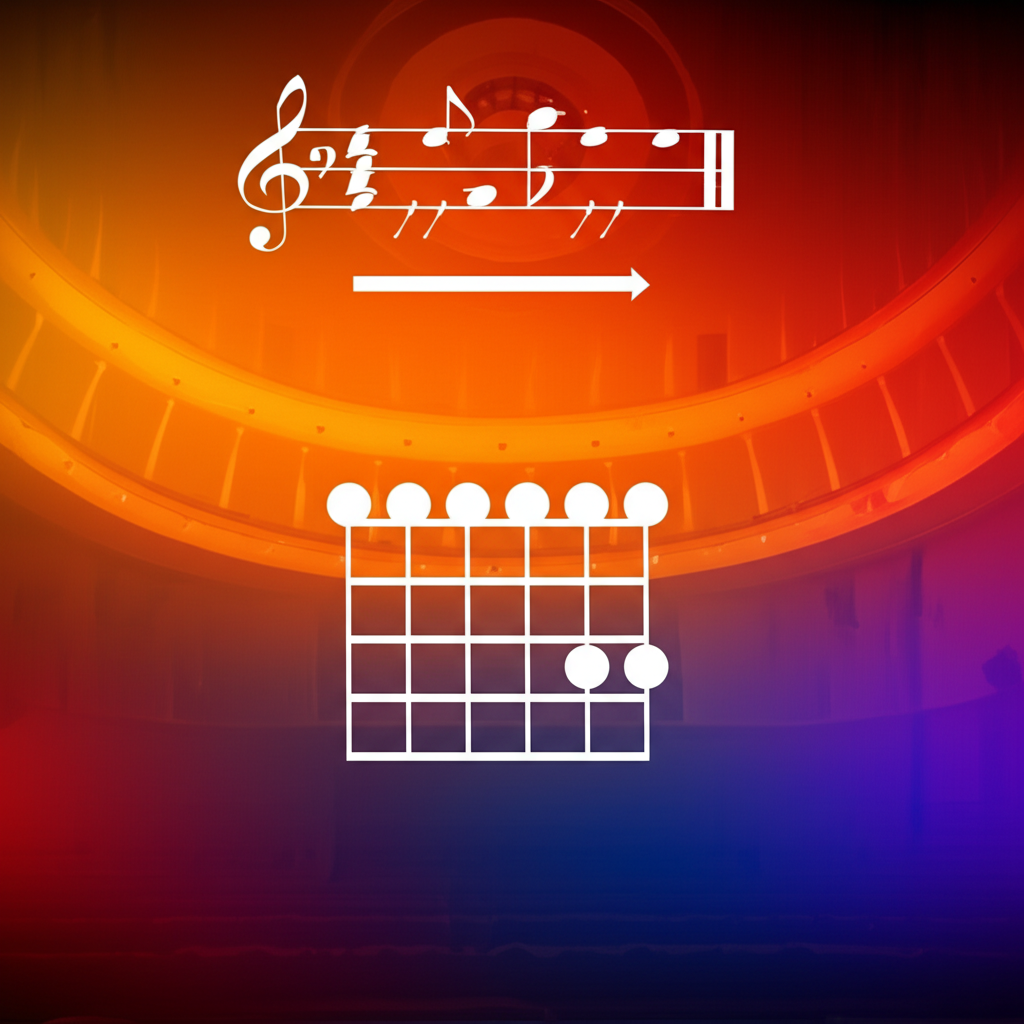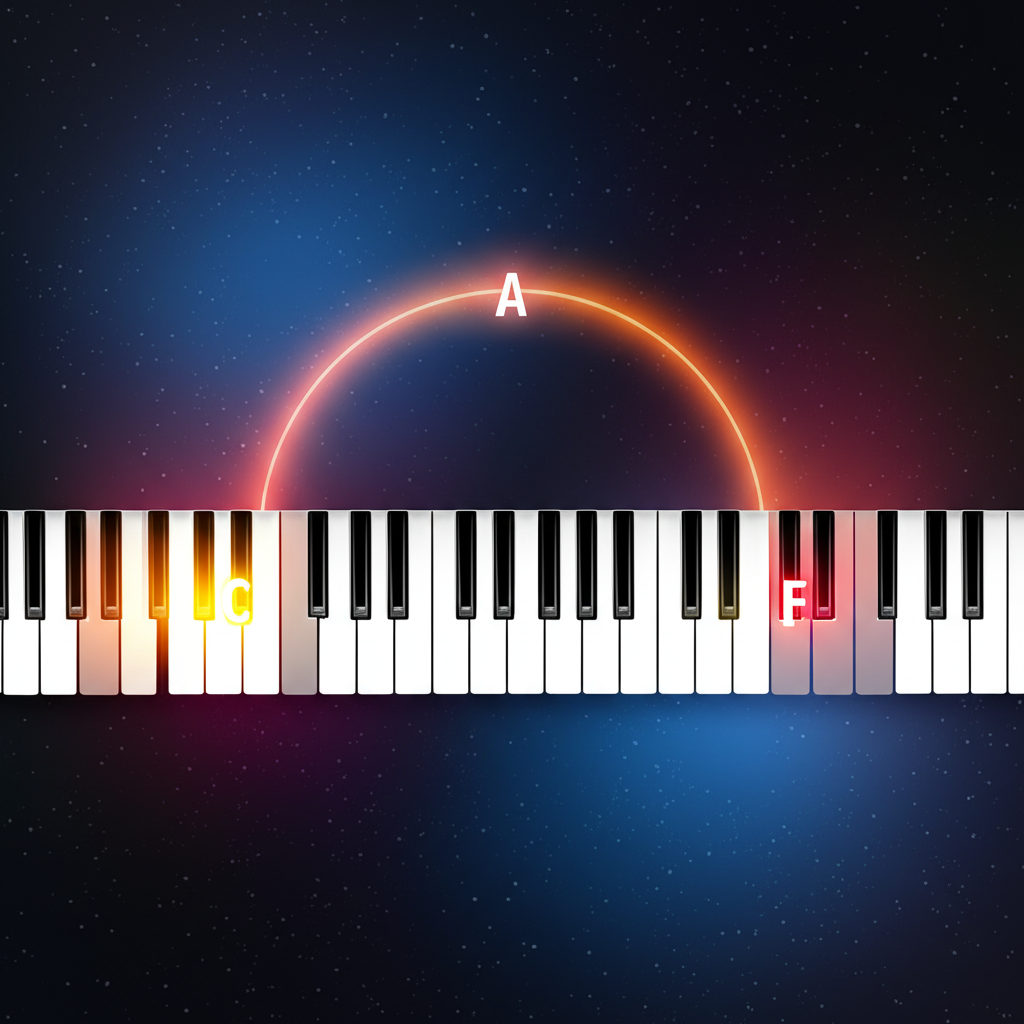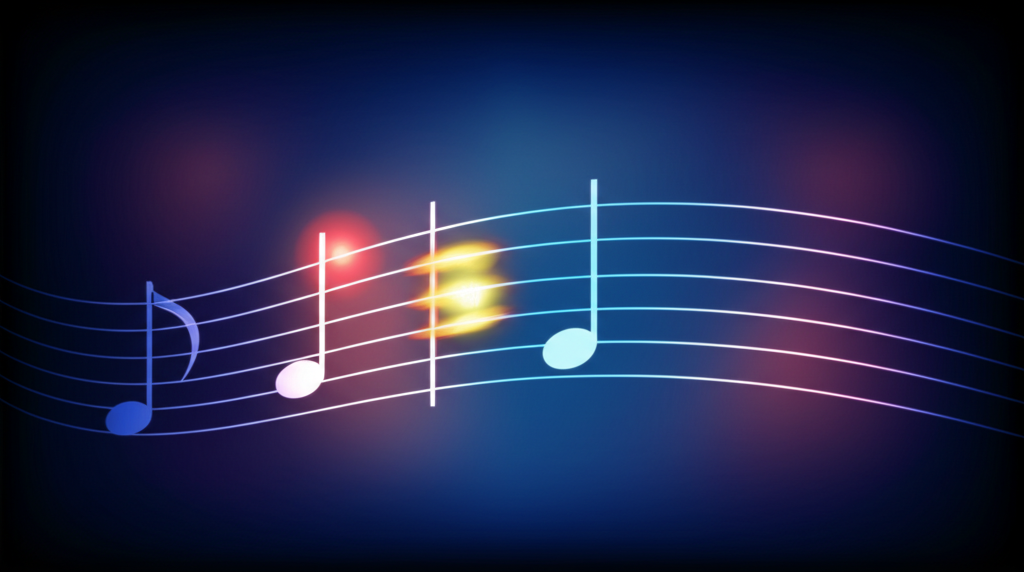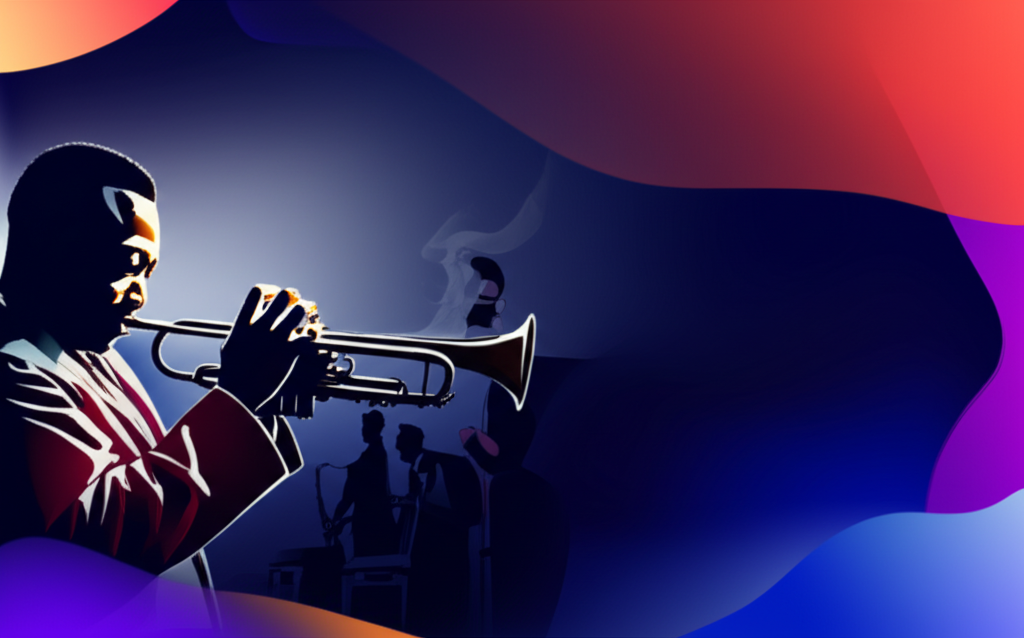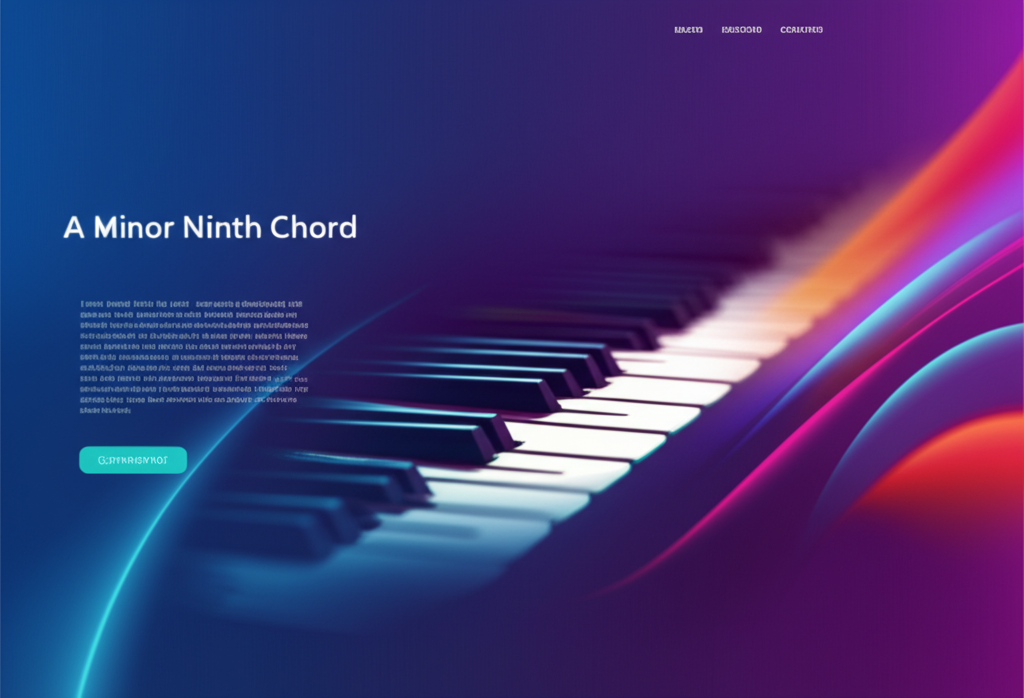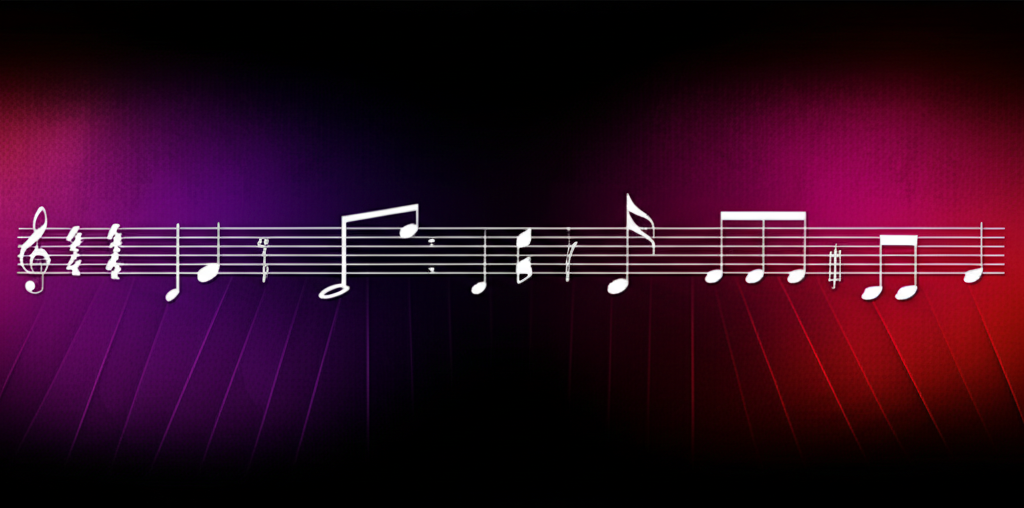
Diminished Chord: The Mysterious and Unstable Harmony
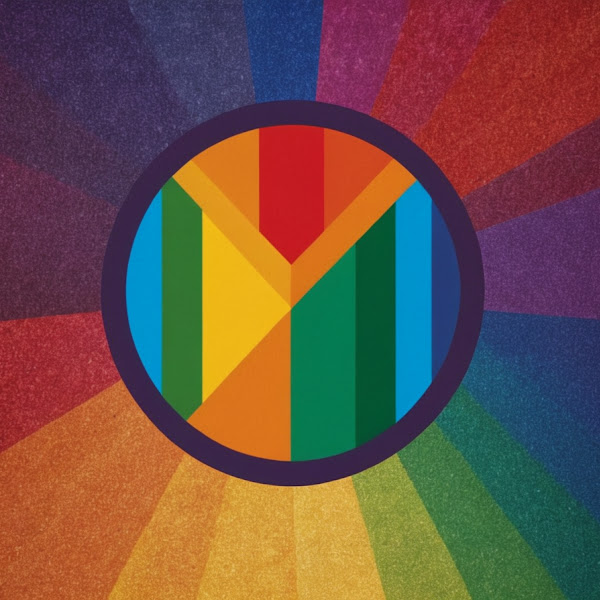
b4n1
June 4, 2025, 2:21 p.m.
Diminished Chord: The Mysterious and Unstable Harmony
Summary:
The diminished chord, built from stacked minor thirds, creates one of the most unstable and tension-filled harmonies in Western music. This mysterious chord appears in classical music, jazz, and film scores to create suspense, transition between keys, and add harmonic sophistication.
Keywords:
Diminished chord, minor thirds, unstable harmony, leading tone, tension, resolution, passing chord, diminished seventh, film music, classical harmony.
Introduction:
The diminished chord stands as one of the most intriguing and versatile chords in the harmonic palette. Built entirely from minor third intervals, this chord creates a unique sound that is simultaneously unstable and compelling, mysterious and dramatic.
Diminished chords appear in various forms throughout Western music, from classical compositions to jazz standards to film scores, where their inherent tension and ambiguous tonal center make them perfect for creating suspense and facilitating smooth harmonic transitions.
Structure and Construction:
Diminished chords are built by stacking minor third intervals:
- Diminished triad: Root, minor third, diminished fifth
- Diminished seventh: Root, minor third, diminished fifth, diminished seventh
- Interval pattern: All intervals are minor thirds (3 semitones each)
C Diminished Chord Examples:
C diminished triad: C - E♭ - G♭
C diminished seventh: C - E♭ - G♭ - B♭♭ (A)
Examples:
C Diminished Triad:
Notación musical:
C Diminished Seventh Chord:
Notación musical:
Diminished Chord Progression:
Notación musical:
Types of Diminished Chords:
Diminished Triad:
The basic three-note diminished chord consists of:
- Root note
- Minor third above the root
- Diminished fifth (tritone) above the root
Diminished Seventh Chord:
The four-note version adds:
- Diminished seventh above the root
- Creates symmetrical structure (all minor thirds)
- Highly unstable and tension-filled
Half-Diminished Chord:
A related chord with a minor seventh instead of diminished seventh:
- Root, minor third, diminished fifth, minor seventh
- Less tension than fully diminished
- Common in jazz and classical music
Harmonic Functions:
Leading Tone Diminished:
Built on the seventh degree of major scales:
- In C major: B diminished (B-D-F)
- Strong tendency to resolve to tonic
- Creates smooth voice leading
Passing Chords:
Connect diatonic chords chromatically:
- Fill chromatic gaps between chord roots
- Create smooth bass line movement
- Add harmonic sophistication
Substitute Dominants:
Replace or enhance dominant function:
- Share tritone with dominant seventh chords
- Create alternative resolution paths
- Add harmonic color and tension
Symmetrical Properties:
Diminished seventh chords have unique symmetrical properties:
- Enharmonic equivalence: Any note can be the "root"
- Four possible names: Each chord has four enharmonic spellings
- Limited number: Only three unique diminished seventh chords exist
- Modulation tool: Can lead to multiple keys
Classical Music Applications:
Diminished chords appear throughout classical literature:
- Bach: Used diminished chords for harmonic sophistication
- Mozart: Employed them for dramatic effect and modulation
- Beethoven: Used diminished harmony for structural and expressive purposes
- Romantic composers: Exploited their emotional and dramatic potential
Jazz Applications:
Jazz musicians use diminished chords extensively:
- Passing chords: Connect ii-V-I progressions smoothly
- Diminished scales: Provide melodic material for improvisation
- Chord substitutions: Replace or enhance dominant chords
- Chromatic harmony: Add sophisticated harmonic color
Jazz Diminished Progression:
Notación musical:
Film and Media Music:
Diminished chords are perfect for creating atmosphere in visual media:
- Suspense: Create tension and uncertainty
- Mystery: Suggest the unknown or supernatural
- Horror: Add unsettling, unstable harmony
- Transitions: Bridge between different emotional states
Voice Leading and Resolution:
Diminished chords have strong resolution tendencies:
- Tendency tones: Each note wants to resolve by step
- Multiple resolutions: Can resolve to various chords
- Smooth voice leading: Create stepwise motion between chords
- Chromatic approach: Lead smoothly to target chords
Famous Musical Examples:
Diminished chords appear in many well-known pieces:
- "Eleanor Rigby" - The Beatles
- "Autumn Leaves" - Jazz standard
- Bach's "Well-Tempered Clavier" - Multiple examples
- Horror film soundtracks - Countless examples
- "Michelle" - The Beatles
Learning and Recognition:
Ear Training:
Developing recognition skills:
- Listen for the characteristic "unstable" sound
- Practice identifying in various musical contexts
- Learn common resolution patterns
- Study their use in different musical styles
Performance Tips:
Playing diminished chords effectively:
- Understand their resolution tendencies
- Practice smooth voice leading
- Use appropriate dynamics for the musical context
- Learn multiple fingerings and inversions
Theoretical Concepts:
Diminished Scale:
The octatonic scale associated with diminished harmony:
- Alternating whole and half steps
- Provides melodic material over diminished chords
- Used extensively in jazz improvisation
Circle of Minor Thirds:
The symmetrical relationship creates interesting harmonic cycles.
Common Mistakes:
- Overuse: Too many diminished chords can sound clichéd
- Poor resolution: Not following through on the chord's tension
- Spelling confusion: Incorrect enharmonic spelling for the context
- Dynamic insensitivity: Not matching volume to the chord's character
Practice Exercises:
For Pianists:
Practice diminished chord inversions and resolutions in all keys.
For Guitarists:
Learn moveable diminished chord shapes and their applications.
For Composers:
Experiment with diminished chords as passing chords and for creating tension.
Cultural Impact:
Diminished chords have influenced various musical traditions:
- Essential to Western classical harmony
- Important in jazz harmonic language
- Used in world music traditions
- Fundamental to film and game music
Fun Facts:
- There are only three unique diminished seventh chords due to symmetrical structure.
- Diminished chords can theoretically resolve to twelve different major or minor chords.
- They're often called "scary movie chords" due to their use in horror films.
- Bach used diminished harmony to represent suffering or pain in his sacred music.
- Jazz pianists often use diminished runs as flashy connecting passages.
Conclusions:
The diminished chord represents one of harmony's most fascinating and versatile tools. Its unique combination of instability, symmetry, and resolution potential has made it indispensable across multiple musical genres and historical periods.
Understanding diminished chords opens doors to more sophisticated harmonic thinking and provides powerful tools for composition, arrangement, and improvisation. Whether creating classical compositions, jazz arrangements, or film scores, mastering diminished harmony will expand your harmonic vocabulary and expressive capabilities.
The mysterious and unstable character of diminished chords continues to captivate composers and listeners alike, proving that musical tension and uncertainty can be just as beautiful and meaningful as stability and resolution.
